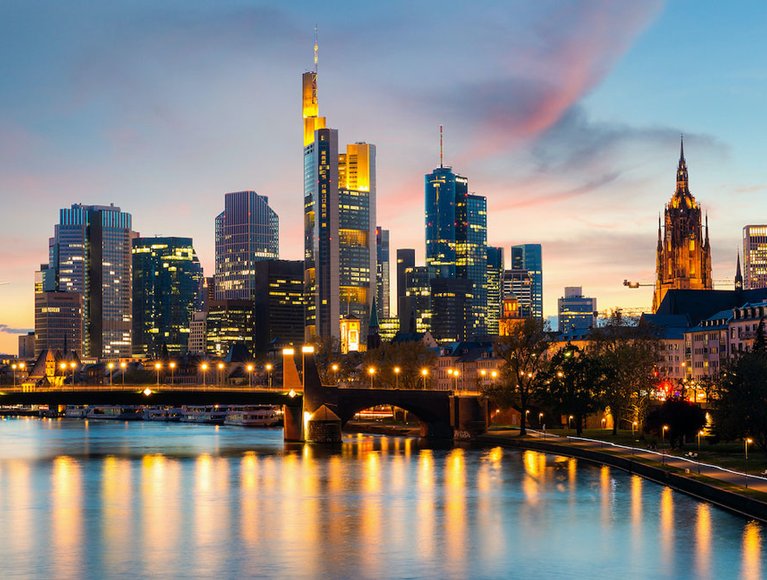
Why NL-ix is taking off in Frankfurt
Marien Keizer - CCO @ NL-ix:
I thought it would be useful to explore the reasons behind the sharp growth of our Frankfurt exchange. Average traffic levels are over 600 Gbps now, up 200% in a year, with peaks of around 850 Gbps. Connected capacity is now around 3 Tbps, over 60% up year-on-year. And peering numbers have also gone up over 70% in a year.
Though exchange rankings are always debatable, we can safely say this puts us in the number two exchange spot in Germany, a long way behind DE-CIX (currently the world’s busiest peering point) but growing fast. In a little over a year NL-ix Frankfurt has moved through the pack to become the go-to network for IX redundancy. Why is this happening?
The Covid Effect
The most obvious motive is redundancy with a more cost-effective growth path, and as in so many other areas, the huge growth in overall traffic levels driven by the Covid response has changed the landscape faster than anyone expected. The global response to Covid has driven traffic sky high, so the smart networks are looking for higher quality and a bigger bang for their buck as their costs have gone up. Many of new customers in Frankfurt peer with the incumbent exchanges, though we are very proud to have 200 unique networks as well. But as traffic grows and redundancy becomes a critical consideration, they look to peer somewhere more cost-effective. They can quickly and easily reroute traffic through us – and they do – taking control of their costs at the same time as adding resilience. So money and peace of mind are what gets many new customers in the door. But there are also quite a few who see the extra reach NL-ix delivers as a big attraction.
Bringing Europe to the Doorstep
Traditional, incumbent Exchanges with localised/metropolitan points of interconnection can connect its customers to all the networks that have a presence in a specific Metropolitan area, but NL-ix can bring a spread of networks from across Europe. If you are connected to DE-CIX you will find all the other local content and you’ll also find the big content networks. But – and this is critical - you’ll still be missing key European traffic. NL-ix fills that gap. It brings networks that only have a Danish, Dutch, English or French footprint straight to Frankfurt – a very valuable mix. Because they have joined the NL-ix exchange fabric, Frankfurt customers can use NL-ix to grow traffic to existing peers and improve IP connectivity to about 400 networks, of which 200 are unique. In a nutshell, NL-ix delivers the rest of Europe to Frankfurt and from there it’s a quick hop to the customer’s doorstep.
This is a major opportunity for most networks with a Frankfurt presence, whether they are in Germany or from further afield – say Central or Eastern Europe. And it cuts both ways, from eyeballs to content and back. Content owners are looking for local eyeballs for their content, but with NL-ix they can also tap into more distant markets. So if a content-rich business is based in Paris but looking for eyeballs to the east they can spread their content all over our network from Paris. The sheer number of networks connected makes NL-ix more interesting for content providers – a sort of peering point snowball effect.
Tell us what you think
There are other reasons for the growth, but these appear to be the key ones. We’re conducting some customer research to find out more about these trends, so please follow the NL-ix page for updates, and don’t hesitate to share your views and comments.
